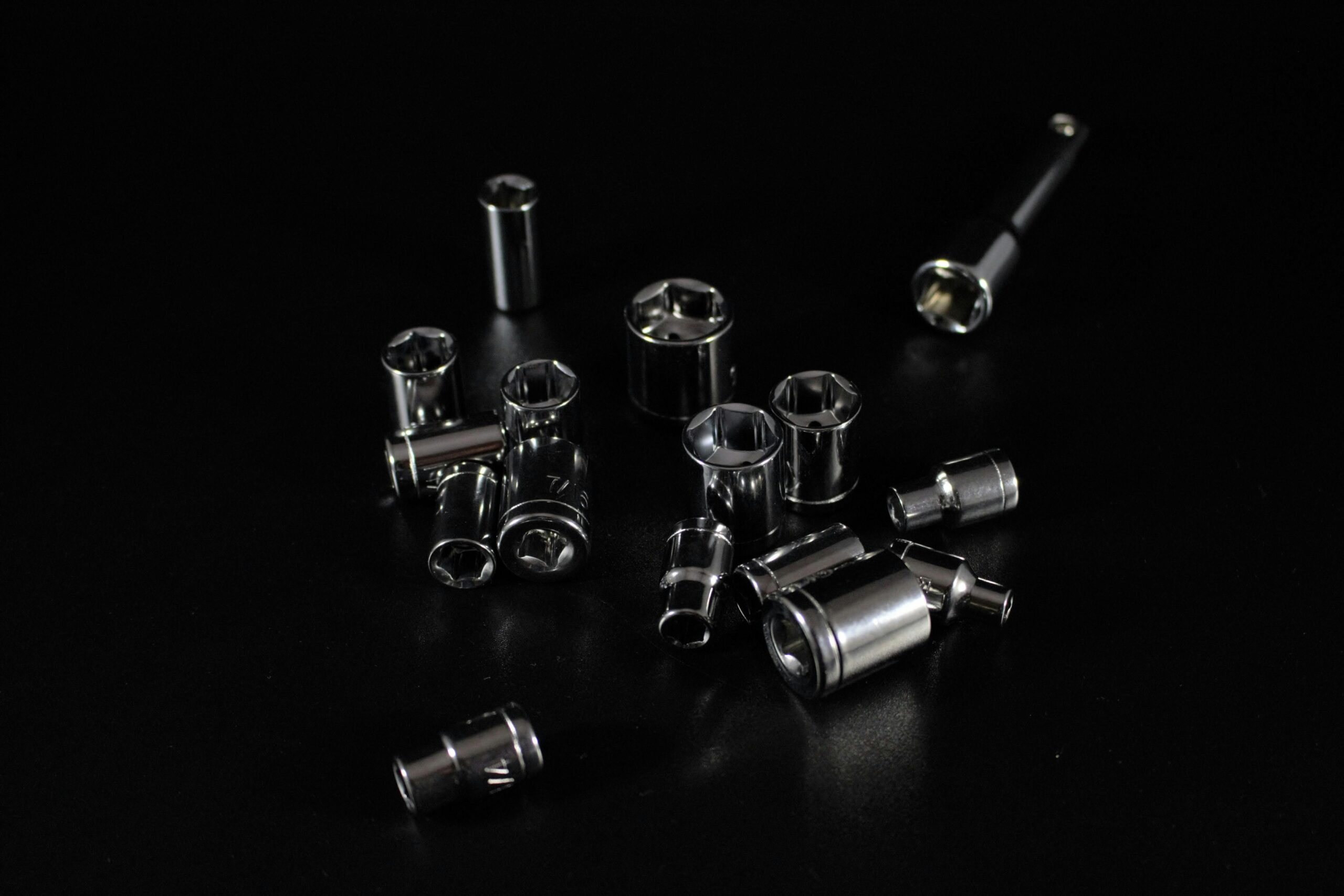Ever stared at your climbing hex rack and thought, “Wait… am I using the right size?” Yeah, us too. Choosing the correct hex size feels like deciphering an ancient language—especially when you’re halfway up a cliff face.
In this guide, we’ll break down exactly how to use a Hex Size Chart effectively, saving you from that mid-climb existential crisis. You’ll learn why these little nuggets of adventure gear matter, how to pick the perfect one every time, and even some bonus nerdery about climbing gear evolution.
- Key Takeaways
- The Problem with Wrong-Sized Hexes
- How to Use a Hex Size Chart Like a Pro
- Tips for Buying & Using Climbing Hexes
- Real Stories from the Crags
- Frequently Asked Questions About Hexes
- Climb Smarter, Not Harder
Key Takeaways
- A Hex Size Chart helps climbers match gear to cracks for safe protection.
- Using the wrong size can compromise safety—or ruin your route!
- Modern manufacturers offer clear sizing guides, but they all differ slightly.
- Confidence in selecting hexes comes from practice and understanding geometry.
The Problem with Wrong-Sized Hexes

Let’s talk confessions: I once jammed a tiny #3 hex into a wide offwidth crack—not my proudest moment. The hex wobbled out mid-move, leaving me dangling awkwardly while my belayer laughed below. Sound familiar?
Wrong-sized hexes aren’t just annoying—they’re dangerous. They increase the risk of gear popping loose during falls (whirrrr—it’s the sound of adrenaline spiking). And let’s be honest, no one wants to redo pitches because their placements suck.
Here’s where the Hex Size Chart swoops in like Batman: it’s your key to matching each piece to its natural habitat—crack width, angle, texture, and depth.
Rant corner: Why do so many companies make their charts look like someone sneezed on Excel? Someone get them Canva already!
How to Use a Hex Size Chart Like a Pro
Optimist You: “Following this chart will keep me safe up there!”
Grumpy You: “Ugh, fine—but only if coffee’s involved.”
- Know Your Crack Width: Pull out your trusty ruler or calipers. Measure at various points since most cracks taper unpredictably.
- Match Dimensions to Sizes: Hex charts usually list lengths, widths, and suggested crack dimensions. Find the sweet spot between snug and adjustable.
- Practice Placement Techniques: On flat ground, experiment with orientations—flip ‘em sideways, turn ‘em horizontal. Get cozy with angles.
- Double-Check Under Load: Give your test placement a gentle tug before committing your life to it.
Terrible Tip: Ignore manufacturer recommendations entirely. Instead, invent your own system based solely on vibes. Disclaimer: Don’t actually do this.

Tips for Buying & Using Climbing Hexes
- Don’t Skimp on Quality: Sure, those $5 eBay hexes are tempting, but cheap gear = sketchy adventures.
- Buy Versatile Sizes First: Start with medium ranges (#4–#8); add micros and macros later as needed.
- Mix It Up with Other Gear: Combine hexes with cams, nuts, and slings for maximum flexibility.
- Inspect Regularly: Metal fatigue is real—replace worn edges ASAP.
“Your rack is your lifeline. Treat it accordingly.” – Anonymous Wise Climber
Real Stories from the Crags

Meet Sarah, a trad enthusiast who swears by her custom color-coded hex chart printed on waterproof paper. She shares, “I’d been stuck on *Vicious Viper*, a 5.10a fissure. After tweaking my chart game, bam! Summit glory within two tries!”
This highlights the power of preparation—and maybe having OCD tendencies doesn’t hurt either. Props to Sarah!
Frequently Asked Questions About Hexes
What size hex should beginners buy first?
Start with a mix of medium sizes like #4–#8. These work for most cracks found in beginner-friendly areas.
Are hexes better than cams?
No single answer exists here—it depends on preference and rock type. Cams shine in parallel cracks; hexes thrive in irregular ones.
Climb Smarter, Not Harder
With your newfound mastery over the Hex Size Chart, go forth and conquer those splitter cracks. Remember: Precision beats brute force any day. Pack smart, place wisely, and never trust anything less than solid pro.
Oh, and one last thing:
Gear stacked neat, Cracks hold tight, Trust thy hex, Reach new height.
Like a Tamagotchi, your SEO needs daily care—but now your climbing skills won’t need as much luck.

